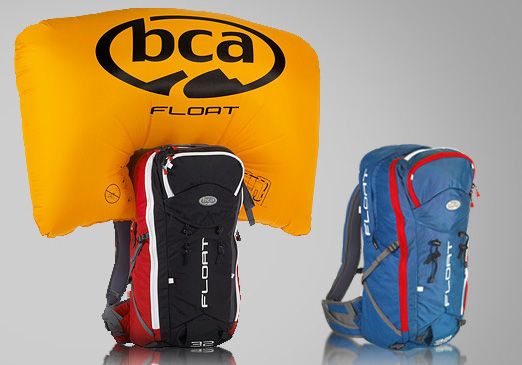Last year, we reported on an article by Bruce Tremper of the Utah Avalanche Center regarding the effectiveness of airbags in avalanches. In brief, he concluded that:
…avalanche airbag packs will probably save a little more than half of those who would have otherwise have died in an avalanche. They will never save all of them because 1 out of 4 will likely die from trauma of hitting trees and rocks on the way down and an additional 1 out of 4 will probably end up in a terrain trap (deep burial), buried by a secondary avalanche or caught in an avalanche that does not travel far enough for the inverse segregation process to work (larger objects rise to the surface)
He also quoted some preliminary results from research by Pascal Haegeli who stated, at the time,
If you look at it with a glass-half-full approach, a deployed airbag saved about half of those who would have otherwise died. If you look it with a glass-half-empty approach, you would say that half of the people who deployed airbags died anyway.
Haegeli’s research, aptly titled “The effectiveness of avalanche airbags” has now been completed and published in Resuscitation: Official Journal of the European Resuscitation Council : http://www.resuscitationjournal.com/article/S0300-9572(14)00566-8/abstract
The research examined avalanches that occurred from 1994 until 2012, which involved at at least one airbag user in Austria, Canada, France, Norway, Slovakia, Switzerland and the United States. The research found that using an airbag increased your chances of survival, should you get caught, by 11%. While this is less than some manufacturers are claiming, it’s still a relevant increase and one that should be seriously considered by anyone currently undecided about the effectiveness of airbags. In cases where the airbag didn’t inflate, 60% of those non-inflations were due to failure to deploy by the user and not any outside factor. That’s not to say that remaining 40% were due to mechanical failure, there’s a whole host of reasons an airbag may fail to deploy such as damage from trees or rocks.
The overall conclusion of the research is that, while the effectiveness is perhaps smaller than previously thought, there is a definite benefit in having and using an airbag and confirms their effectiveness. Non-deployment by the user remains the most common limiting factor.
For me, my views haven’t changed, and as I said in our last article,
I will willingly carry any device which will improve my chances of survival as long as it’s use does not hinder my normal actions and it’s wearing or carrying is transparent to your normal skiing day. So airbag? For me, it’s still a big yes.

